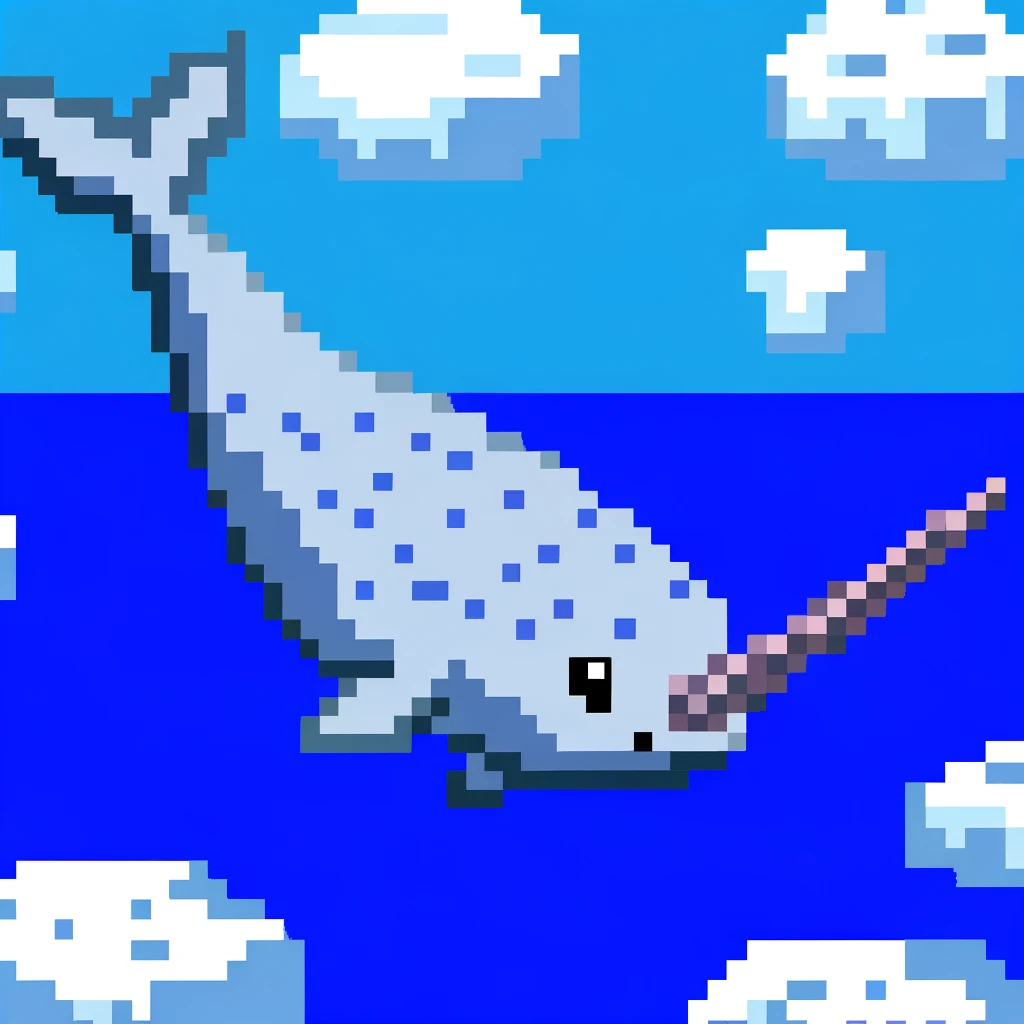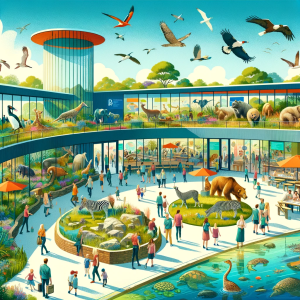
Exploring the Mysteries of the Narwhal: A Dive into Science and Culture
In the icy waters of the Arctic, swims a creature as mystical as it is real – the narwhal. This unique marine mammal, often dubbed the ‘unicorn of the sea,’ has captured the imagination of people for centuries. However, there’s more to the narwhal than just folklore. A recent article, Biology and Cultural Importance of the Narwhal, provides a comprehensive overview of the narwhal’s biology, its significance in Inuit culture, and the challenges it faces in a changing Arctic environment.
The Narwhal’s Arctic Adaptation
The narwhal is not only a symbol of Arctic wilderness but also an embodiment of adaptation and survival. Evolving from warm-water ancestors to become masters of the frigid Arctic seas, narwhals showcase remarkable traits. They possess a thin skin adapted to cold waters, an extraordinary capacity for deep diving, and a unique spiraled tusk that functions as a sensory organ. This tusk, a feature unique in nature, continues to fascinate scientists and laypeople alike.
Inuit Knowledge: A Valuable Resource
Inuit communities have coexisted with narwhals for centuries, gaining deep insights into their behavior and ecology. This traditional knowledge, known as ‘Qaujimajatuqangit’ or ‘the Inuit way of knowing,’ is a rich resource. It provides observational data critical for understanding narwhal migration patterns, diet, and social structures – areas where scientific research may be limited due to harsh Arctic conditions.
The Cultural Significance of the Narwhal
For the Inuit, the narwhal is more than just an animal; it is an integral part of their culture and survival. Inuit hunters use kayaks and other tools designed to harmonize with the environment, reflecting a deep respect for the narwhal. However, the passage of this wisdom across generations faced disruptions due to colonization and language oppression. Today, there is a resurgence in Inuit culture and language, emphasizing the importance of integrating traditional knowledge with scientific research.
Scientific Studies and Inuit Collaboration
The integration of Inuit knowledge with scientific research has enriched our understanding of the narwhal. However, true collaboration requires moving beyond mere citations to valuing Inuit contributions as equal and expert. Such collaborations can unveil new insights, especially in areas like narwhal migration and population dynamics, where traditional observations complement scientific methods.

Challenges in Narwhal Conservation
Despite their resilience through multiple ice ages, narwhals face new threats in the Anthropocene era. Climate change and its associated impacts – from declining sea ice to increased killer whale populations – pose significant risks. Additionally, the rise in ocean noise pollution and the accumulation of plastics in the Arctic ecosystem are worrying factors affecting narwhal habitats.
The Way Forward: Respecting the Arctic Ecosystem
Addressing these challenges requires a multidimensional approach. This includes respecting Inuit knowledge, adopting sustainable practices, and implementing conservation strategies sensitive to the unique Arctic ecosystem. By balancing scientific inquiry with traditional wisdom, we can ensure that the narwhal continues to thrive in its Arctic home.
Conclusion
The narwhal is more than an Arctic marvel; it’s a symbol of the delicate balance between nature and culture. As we explore the mysteries of this enigmatic creature, we are reminded of the importance of respecting and learning from the traditional knowledge of those who have lived in harmony with nature for centuries. Our continued fascination with the narwhal drives home the need for collaborative efforts in conservation and research, ensuring that this ‘unicorn of the sea’ remains a thriving part of our natural world.
Explore, Learn, and Grow with Science:
Step into the realm of discovery with ‘This Week in Science’! Tailored for both educators and science enthusiasts, our newsletter offers a weekly exploration of groundbreaking research and inspiring stories from the scientific community. By subscribing, you’re not just reading – you’re expanding your horizons in teaching and learning. Join us for free and start a journey that reshapes your engagement with science, fostering a more informed and passionate approach.



